Reunification Palace brief introduction
The Reunification Palace is one of the most important historical buildings in Vietnam - where the fall of the South Vietnamese government occurred on April 30 1975, when National Liberation Front tanks crashed through the iron gates.
Three presidents of South Vietnam ruled from the palace between 1966 and 1975. Richard Nixon, Henry Kissinger and other major figures in the short, blighted history of South Vietnam, were visitors.
The building has been left largely as it was during the communist takeover in 1975.
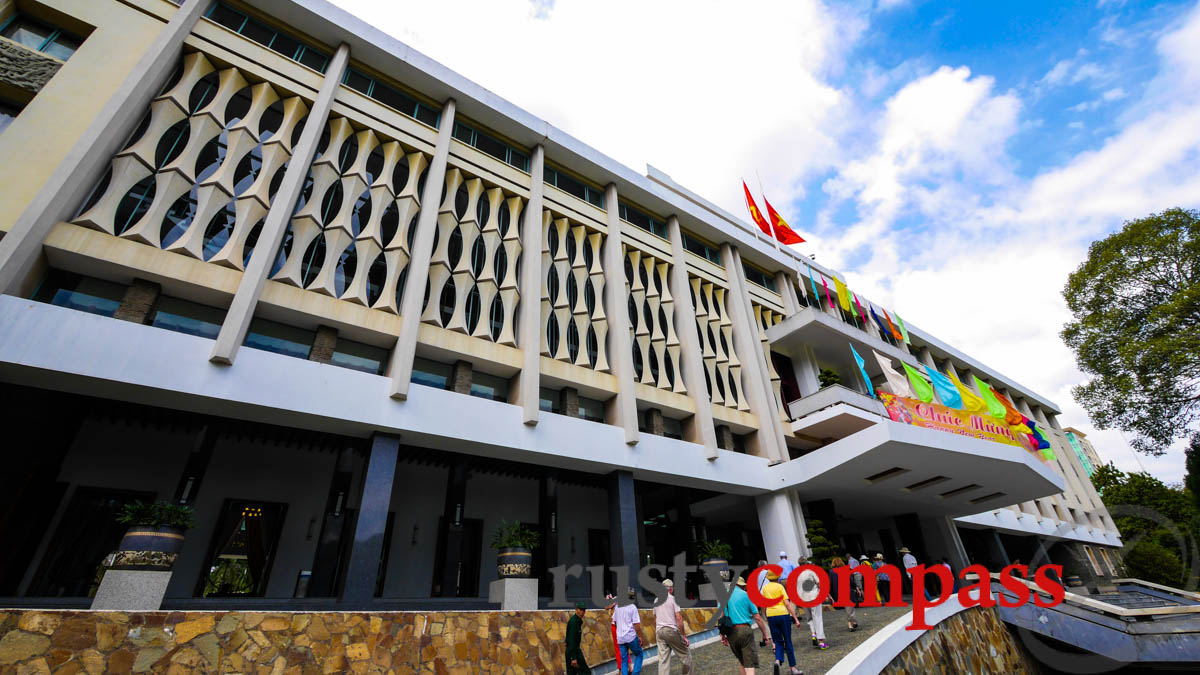
Photo: Mark Bowyer Reunification Palace, Saigon
In addition to its historical significance, the Reunification Palace is a showpiece of South Vietnamese 1960s modernist architecture and interior decoration. Don't let the historical importance completely overshadow the architectural experience.
The South Vietnamese Presidential living quarters look rather spartan and tasteful compared to the palaces built by Vietnam’s modern-day elites.
There are some beautiful original pieces of art, especially lacquer, on the palace walls.
The basement rooms, packed with 1960s military communications equipment and maps, are fascinating.
In recent years, brief captions have been added to the palace rooms - curiously, courtesy of the French government. They provide some much needed, but limited, historical context for visitors. The building deserves much more.
Replicas of the Chinese tanks that crashed through the palace gates on April 30 1975 are parked in the grounds. The original tank 843 is in the Army Museum in Hanoi.
Special exhibition: From Norodom Palace to Independence Place, 1868 – 1966
An interesting exhibition was inaugurated in March 2018 that traces the evolution of the Reunification Palace from its opening during French colonial times to the turbulence of the 1960s.
It’s taking place in the only building still standing from the original 1868 Norodom Palace (the original name). The building is worth a look too.
The exhibition is interesting because it represents a shift in the way Saigon’s museums cover history.
Till recently, Vietnam’s museums have mostly stood still in a narrative sense since the rigidly ideological days of the 80s. Exploring that heavy ideological stuff was interesting when I arrived in Vietnam in the 1990s but it can look a tad strange now. Many of Vietnam's museums are museum pieces.
Most noteworthy is the depiction of South Vietnam's first president, Ngo Dinh Diem (1955 - 1963). Museums have tended to either ignore him, or reference him in the most scathing moralising terms, as America’s authoritarian puppet.
The new exhibition is less focused on beating ideological drums. Diem doesn’t come out of it looking any better. But there’s some more context.
The new approach is likely to encourage a deeper experience of Vietnam’s incredible history. It might also encourage some engagement among young people - who are mostly estranged from their country’s amazing story.
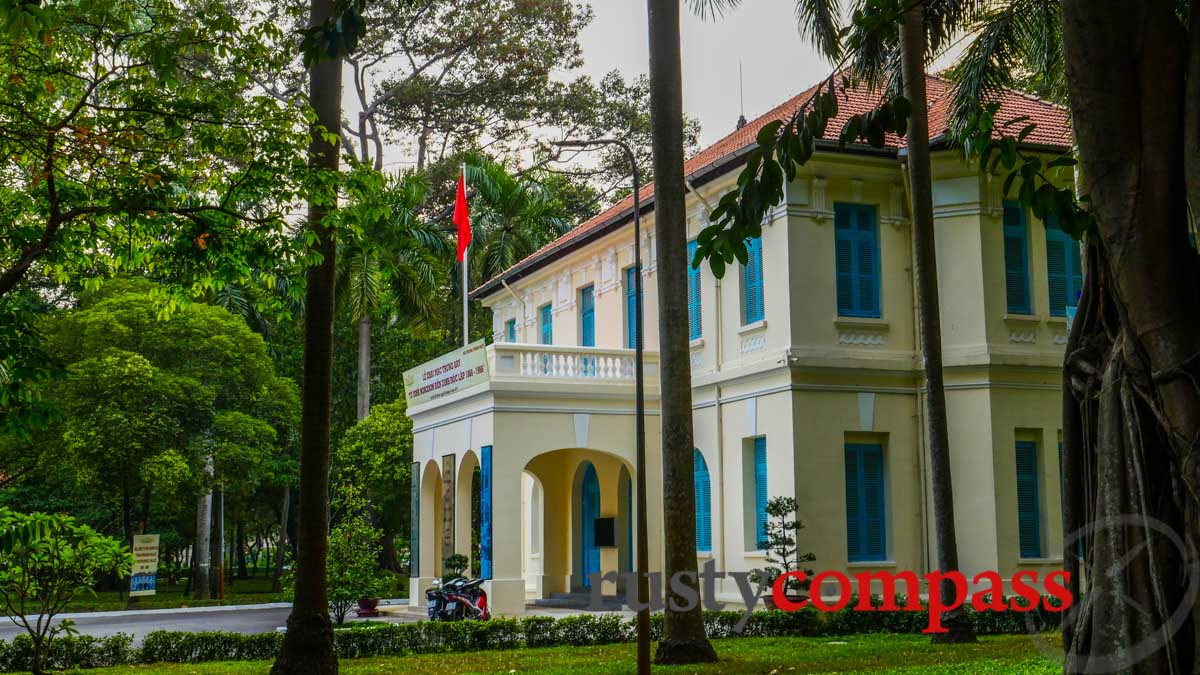
Photo: Mark Bowyer Norodom Palace to Independence Palace exhibition is located in this building.
There are also displays on the evolution of the city and some of the interesting characters from the city’s past. Being a member of the Party or one of its precursors is not a requirement to merit a biographical panel.
Distinguished scholar and linguist Petrus Ky (1837 - 1898), found himself on the wrong side of the post-1975 ideological orthodoxy and prior to this exhibit, has been largely absent from museums. It's good to see him getting a mention.
The exhibition is recommended for anyone with an interest in Saigon’s history. You can visit as part of your visit to the Reunification Palace.
Travel tips
Note that the building is at the Nguyen Du St entrance to the Reunification Palace. When we last checked tickets could be purchased here and at the main gate. The situation seems to be fluid.
The Reunification Palace - brief history
The former Presidential Palace of South Vietnam’s ill-fated regime shot to global prominence in April 1975, as images of communist tanks crashing through the gates were beamed around the world. It was the humiliating end to the United States’ two decade mission to stop Vietnam falling to communism - and one of the most important moments in twentieth century history.
More than 2 million Vietnamese lost their lives in the Vietnam War (some estimates run far higher). 58,000 Americans and more than 500 Australians also died in the war.
The palace has been left largely as it was on that fateful April day, making it a a must-see for history buffs.
Designed by award winning French trained architect Ngo Viet Thu, the palace is also a standout piece of 1960s modernist architecture - and was created according to fengshui principles.
Given the fate of its occupants and the government that was seated here however, many Vietnamese have their doubts about the building’s good fortune. The post 1975 communist government has used the palace for ceremonial purposes only. Locals speculate that this is because of its cursed history.
The palace’s architectural qualities may take some time to appreciate, but walking through its airy corridors, you’ll appreciate the building’s inherent cooling characteristics. The kitsch 60s decor, especially in the entertainment areas, is sensational.
The French inaugurated the Norodom Palace on the site in 1873 as the residence of the Governor of Cochinchina. In 1962, the original palace was damaged beyond repair when two members of President Ngo Dinh Diem’s airforce attacked from US supplied A-1 Skyraider aircraft, attempting to kill Diem, his family members and associates.
The two bombers were not doing Uncle Ho’s work. Rather, they were disgruntled with Diem’s handling of the war against the Viet Cong - believing he was not showing sufficient commitment to the anti-communist cause. They may have also been harbouring personal grudges.
3 died in the attack but Diem, a devout Catholic, survived. He attributed his good fortune to divine intervention, demolished what remained of the Norodom Palace, and set about building a new palace. He never saw the new palace he commissioned.
After relocating down the road to the Gia Long Palace (now the Ho Chi Minh City Museum) divine intervention did not help him when he was murdered by his own generals in a fateful coup in November 1963.
Twelve years later, in the weeks prior to the fall of Saigon in 1975, the palace was bombed again by a renegade South Vietnamese airforce pilot. This time the attacker, Nguyen Thanh Trung, was a communist infiltrator. He went on to work as chief pilot for Vietnam Airlines for many years. I was a neighbour of Trung's for about 10 years in Saigon’s Tan Binh district - though I never met him.
After its completion in 1966, the palace was home to South Vietnam’s last three presidents. Nguyen Van Thieu served here from 1966 until 21 April 1975 - the bloodiest years of the war.
Thieu was notoriously superstitious, weak and corrupt and paid only lip service to democracy. The rapid collapse of the South Vietnamese military in 1975 is frequently attributed to poor decision making on his part.
Thieu resigned from office under intense pressure on April 21 1975. The last nine days of the existence of South Vietnam saw two Presidents take the chair. Thieu’s Vice President, the near blind and aged Tran Van Huong took over first before he too was replaced by Duong Van Minh also known as Big Minh. It was Minh who passed the baton to communist forces on April 30 after only two days in office. This event took place in the Cabinet room of the palace.
Bizarre twists
In addition to the historic scenes the palace played host to, it was also the stage for some bizarre personal twists.
South Vietnam’s last president, Duong Van Minh (Big Minh) was a leader of the coup that deposed and murdered its first President, Ngo Dinh Diem in 1963. Diem commissioned the current palace - Minh handed it to the communists in April 1975.
Colonel Bui Tin was the North Vietnamese soldier who received the unconditional surrender from Duong Van Minh.
Minh left Vietnam for France in 1983, eight years after his surrender. Seven years after that, Bui Tin, the man who received the surrender, went into exile in France, disillusioned with the communist leadership he had served for decades.
Big Minh died in the US in 2001. Bui Tin died in France in 2018.

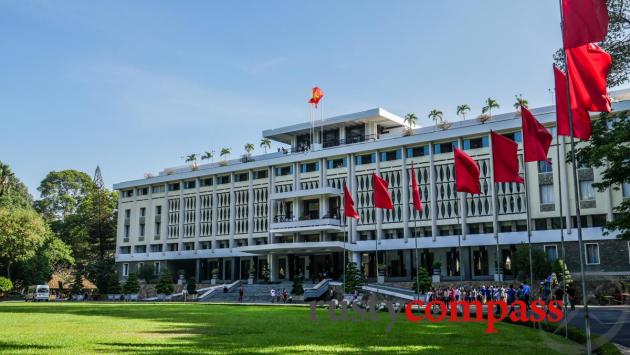
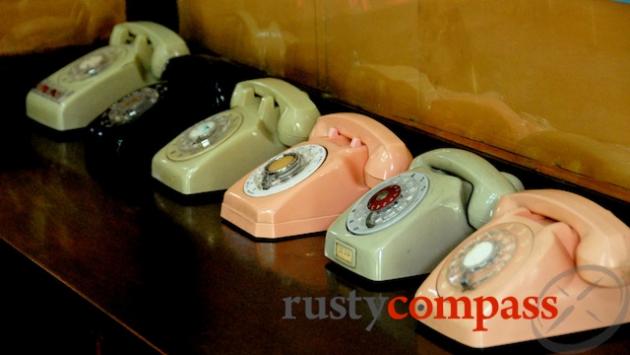
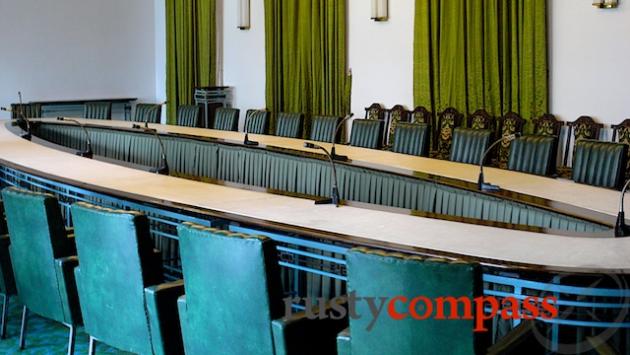
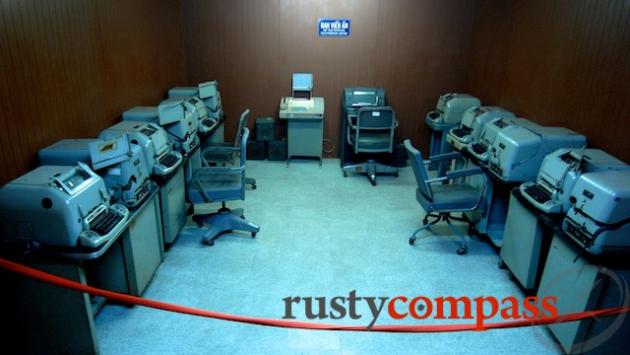
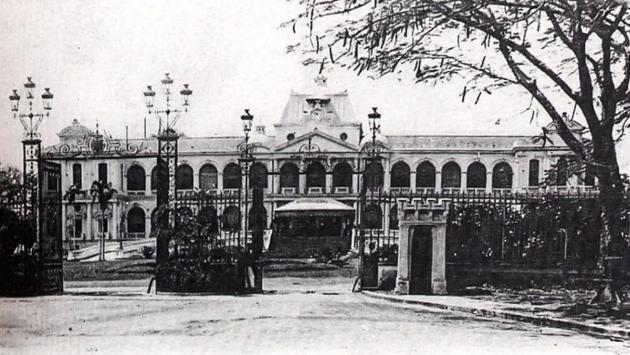
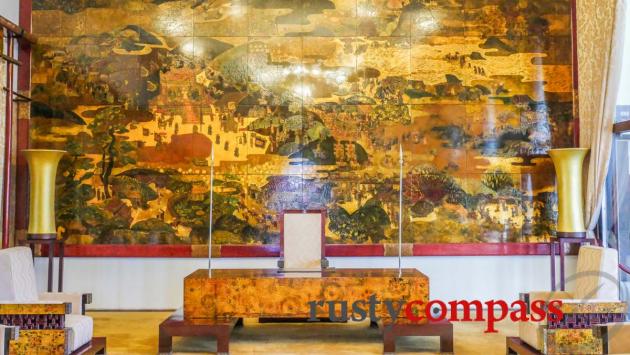
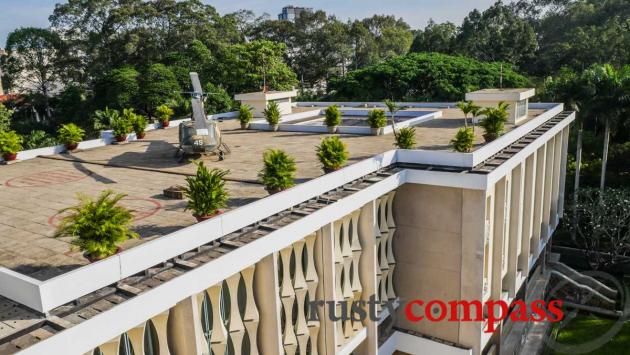
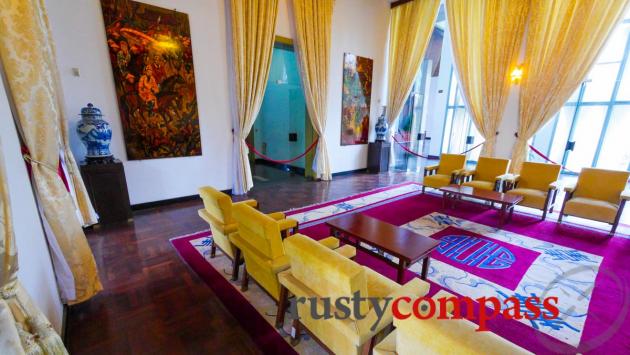
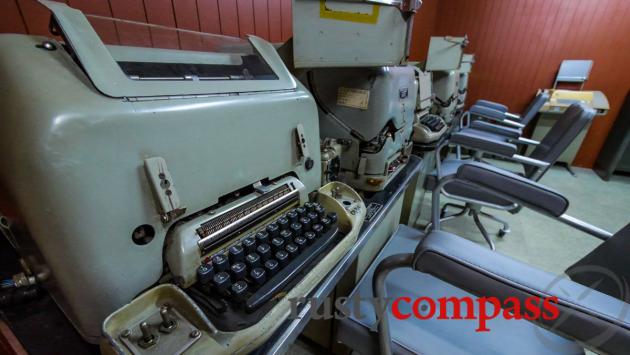
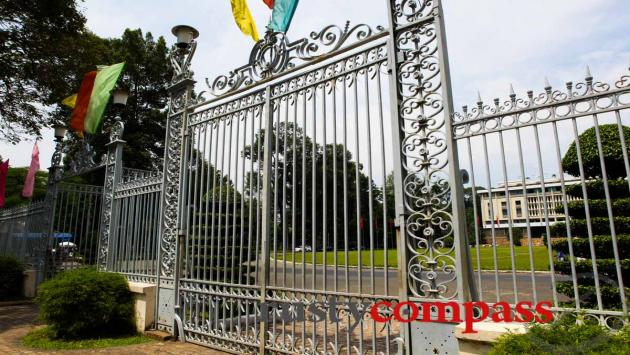
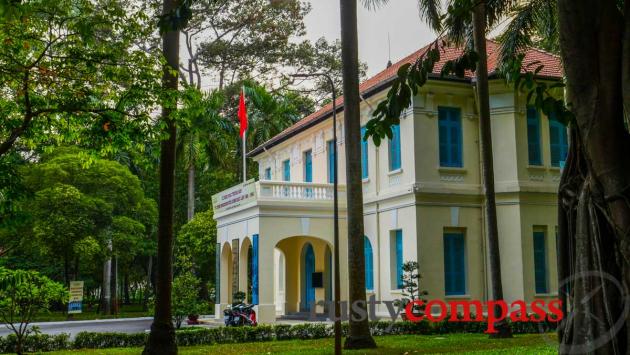
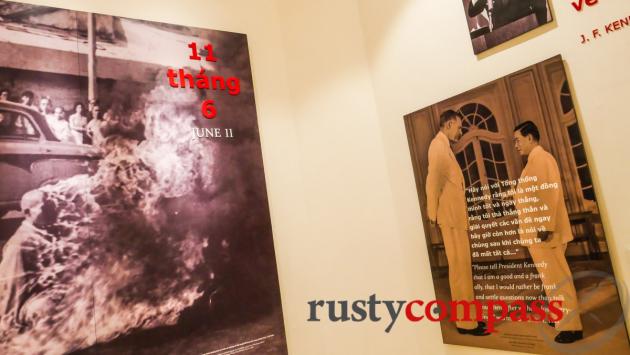







There are no comments yet.